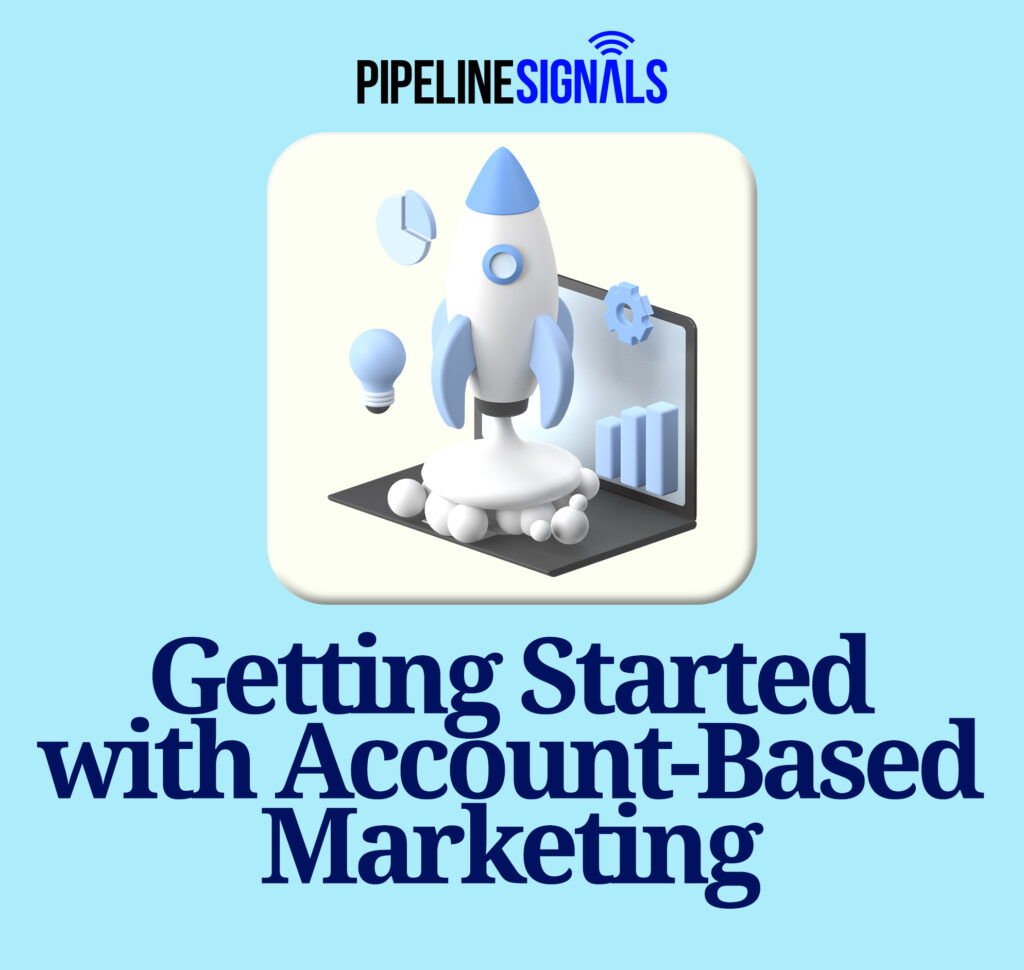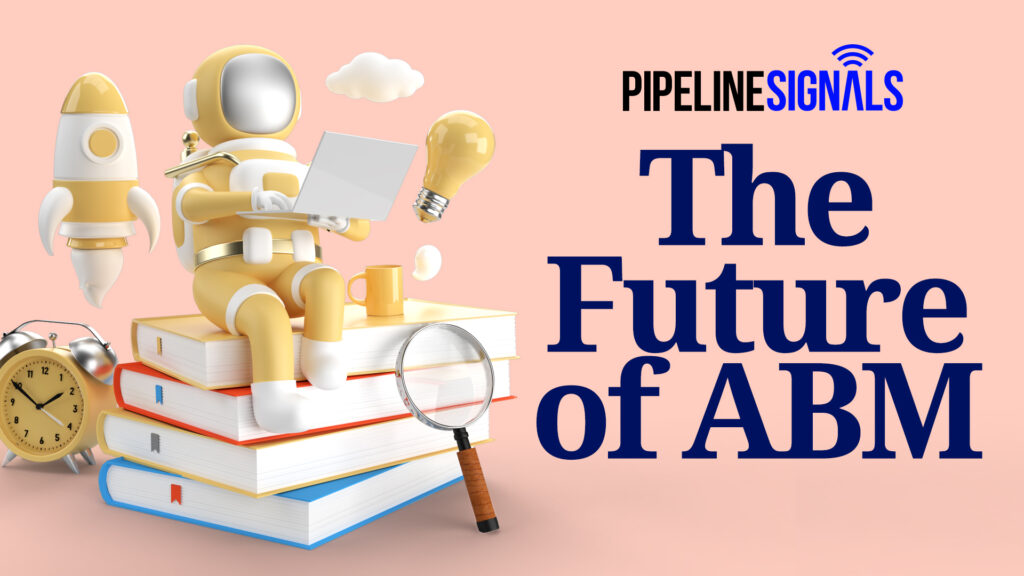(ABM) Account-based marketing employs an (ABS) account-based method to anticipate which businesses are most likely to purchase your goods or avail of your services. ABM targets specific personas at crucial accounts to progress them through the sales cycle. Sales will then be given super-targeted, high-value accounts to concentrate on.
This method prioritizes quality rather than quantity and is not one-size-fits-all. The end benefits are better leads, more excellent engagement rates, faster funnel conversions, quicker deal cycles, and larger transaction volumes.
ABM and account-based selling must be carried out in tandem. Any account-based strategy necessitates a company-wide alignment in which sales, marketing, management, and even the success teams work in tandem. Because of the intricacy of the buyer’s journey, marketing must assist sales from the top to the bottom of the funnel. As sales guide them through the bottom of the funnel, you must keep the account engaged.
Both sales and marketing are attempting to achieve the same objectives: bringing in new clients and increasing revenue.


Getting Started with ABM- Account-Based Marketing
No matter how big or small your company is, there are steps to follow to implement effective ABM. It’s simple to tailor your sales and marketing technique for all of your clients after getting started.
Create a profile for your ideal target account (not just persona)
While buyer personas are still vital, you’ll want to focus on target account profiles with ABM. The process is similar, except you’ll look at industry, firm size, influential decision-makers, and frequent pain points instead of demographics like age and education.
Compile your CRM data
Focus on creating your data so you can exploit it. You might not have all of the client information you require in the CRM to appreciate each of your clients properly.
Produce material that is both targeted and individualized.
Develop scalable material, such as white papers that address a specific industry issue, and make it available online via channels that distribute content relevant to your target audience.
It’s essential to make your material scalable, tailored, and targeted at this point. You’re not creating a single piece of content and sending it to everyone on your list. Instead, you’re writing about a particular issue relevant to a specific account (or possibly industry), personalizing it, or establishing a personalized microsite with dynamic content that changes depending on who’s visiting.
Ensure that all of your contacts, leads, and opportunities are assigned to the correct account and that the decision-makers are identified at each level of the sales process. This could alter from one step to the next.
Ensure you’re following your account’s development as your lead progresses through its life cycle and the opportunity progresses through the pipeline phases. You’re altering your marketing messaging as needed.
Record and monitor
Make sure you’re monitoring marketing effects and sales results at the account level at every phase of the selling process. This will help you stay relevant to a specific account, but it will also give you perspective on engaging potential accounts best.
Align your ABM approach with sales and marketing.
ABS is the polar opposite of ABM. ABS is similar to ABM in that sellers target specific clients and their demands, but instead of using ABM, they use sales tactics. Because sales and marketing frequently overlap, aligning the two types is critical to eliminate repetition or holes in the middle.
Regular team meetings between the sales and marketing teams ensure that everyone is on the same page and will support one another’s efforts. For example, if the sales team is trying to sell a particular product to a specific client, marketing can help by creating content tailored to that audience.
You can demonstrate to leads how beneficial your firm can be with ABM and ABS. You can better illustrate how your business can help because you’re spending the time to learn about each account’s wants and difficulties.


The Future of ABM
With account-based analytics, account-based tactics are becoming increasingly more intelligent. Account-based strategies are frequently based on guesswork without intelligence and analytics. When analytics and account-based design are combined, you may learn which firms to target and who your potential clients are.
If the company continues popping up in your account-based plan, but you’re having trouble getting any traction, it’s possible you’re not reaching out to the correct people.
The more data you have about an account, the more you can target and personalize it.


